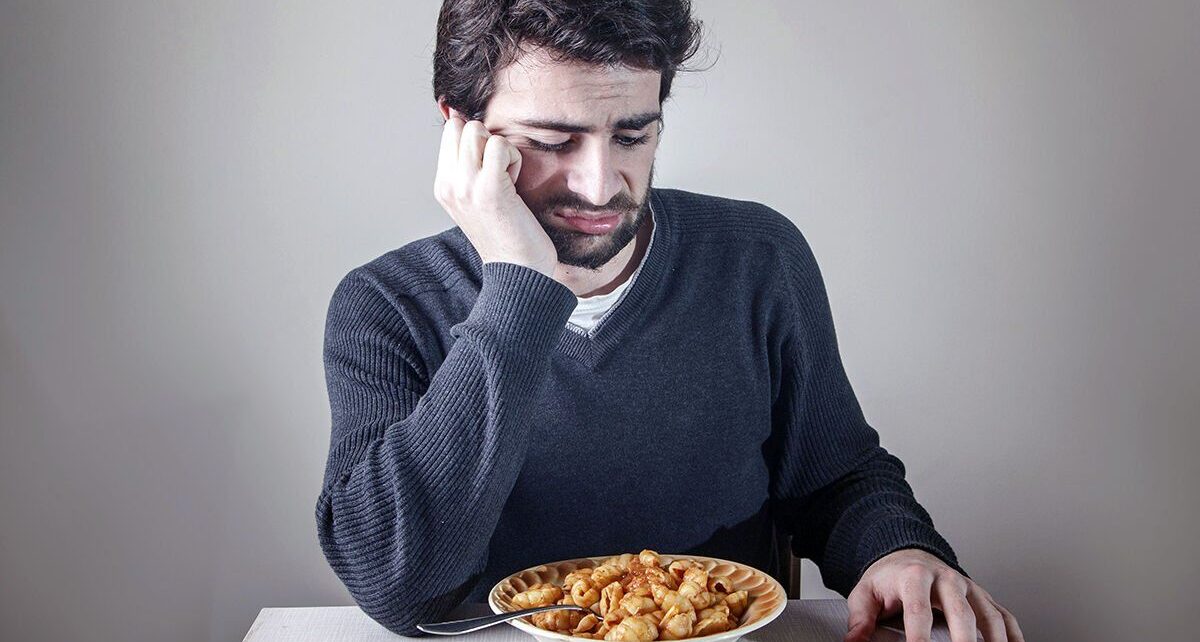Liver disease: Doctor discusses causes and symptoms
We use your sign-up to provide content in ways you’ve consented to and to improve our understanding of you. This may include adverts from us and 3rd parties based on our understanding. You can unsubscribe at any time. More info
The liver is one of our vital organs responsible for more than 500 functions. These include converting food into energy and removing toxins from the blood. Any problems with the liver, therefore, can result in multiple symptoms that have an impact on everyday life.
Fatty liver disease, which is also called non-alcoholic fatty liver disease, refers to conditions caused by an excess of fat in the liver.
As the name suggests it is not caused by alcohol.
Common causes include being overweight or obese and having type 2 diabetes.
In its early stages fatty liver disease often doesn’t present any symptoms.

However, the more serious it becomes the more likely you are to notice the side effects.
The fourth and final stage of fatty liver disease is cirrhosis, which occurs after years of inflammation.
According to the NHS the liver becomes shrunken, scarred and lumpy.
It says: “This damage is permanent and can lead to liver failure (where your liver stops working properly) and liver cancer.”
If someone has cirrhosis they are more likely to experience symptoms.
One such symptom is a loss of appetite.
The British Liver Trust warns that staying well nourished can be difficult if you have cirrhosis due to several problems that can make eating unappealing.
These are:
- Loss of appetite
- Feeling sick (nausea)
- Being sick (vomiting)
- Pain or discomfort in your tummy or abdomen
- Feeling tired (fatigue)
- Anxiety
- Depression.

If you are struggling with loss of appetite as a result of cirrhosis the trust recommends:
- Eating small but frequent meals – little and often
- Snacking if ‘proper meals’ are too difficult to eat
- Trying to eat something every two hours, however small
- Tempting yourself with foods you like
- Not forcing yourself to eat food you don’t like
- Trying to relax before and after you eat
- Taking your time over eating – chew well and breathe steadily
- Trying cold foods such as biscuits or sandwiches
- Trying a nourishing drink if you don’t like solid food.
The trust says: “Nourishing drinks include full cream milk, homemade fruit milkshakes or smoothies, and drinks made with nutritional supplements.
“Check with your doctor or dietitian before using nutritional supplements to find out if they are suitable for you.”
Other common symptoms of cirrhosis include:
- Feeling very tired and weak
- Losing weight and muscle mass
- Red patches on your palms and small, spider-like blood vessels on your skin (spider angiomas) above waist level.

If cirrhosis gets worse it can cause:
- Yellowing of the skin and whites of the eyes (jaundice)
- Vomiting blood
- Itchy skin
- Dark pee and tarry-looking poo
- Bleeding or bruising easily
- Swollen legs (oedema) or tummy (ascites) from a build-up of fluid
- Loss of sex drive (libido).
If you think you have cirrhosis or fatty liver disease you should see a GP.
To prevent getting or reduce the effects of fatty liver disease the NHS recommends adopting a healthy lifestyle.
This includes:
- Losing weight if you are overweight
- Eating a healthy diet – high in fruits, vegetables, protein and carbohydrates, but low in fat, sugar and salt
- Swapping sweet drinks for water
- Exercising regularly
- Quitting smoking.
Source: Read Full Article



